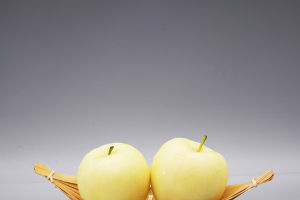The British Shorthair cat has a round and fat body, short and developed limbs, short and dense hair, a large head, and a round face, is gentle and calm, friendly to people, and extremely easy to keep.
The large, round eyes come in various colors depending on the coat.
As an ancient cat breed, its history can be traced back to the domestic cats of the ancient Roman period, and due to its long breeding history, it can be called a classic cat breed.
Morphological characteristics
1. Appearance.
The head is round, the ears are widely spaced, the ears are medium in size, and the nose is medium in width.
The hair is short and very dense.
The cheeks of the male cat are more developed than those of the female cat and in all respects larger than those of the female cat.
The most important feature is that the ears are very close together and the tail is about 2/3 the length of the whole body.
It takes three to five years for this breed to fully develop.
2. Coat color.
There are fifteen recognized breeds, the most famous of which is the blue British Shorthair.
3. Coat quality.
Short and dense, elastic and cold resistant.
4. Coat length.
Short-haired cats.
5. Eyes.
Round and large, open wide, both eyes are wide and flat.
6. Pupil color.
Varies according to the color of the body coat.
Living habits
1. Adaptability
The British Shorthair cat is very adaptable and will not be stressed by changes in the environment.
So don't worry that it will give you headaches because of changes in the environment.
2. Character
The British Shorthair cat is bold and curious, but very gentle, and will not lose its temper or make a lot of noise.
3. Movement
The British Shorthair cat likes to be close to its owner and likes to sleep on your lap.
However, cats that do not exercise for a long time tend to gain weight, and cats that are too fat will have health problems.
Therefore, you should do games with it for at least half an hour or so every day.
4. Hair loss
The coat of the British Shorthair cat is soft and thick like flannel, rarely sheds, and is easy to take care of.
However, cats shed all year round, especially in spring and autumn during the hair change season.
Cats grooming themselves will swallow the hair into their stomachs and over time form hairballs in their stomachs, which, if not vomited out through vomiting and not discharged in time through the intestines, will form hairball blockages, affecting appetite and even endangering lives.
You can moderate its more by combing hair a few times or letting it eat hair removing cream.


